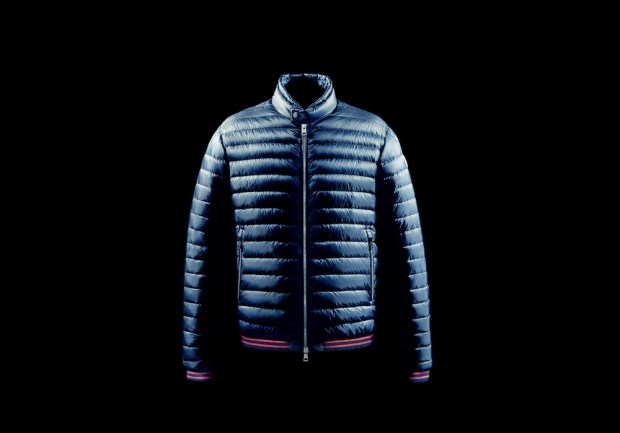How To Fight Counterfeit Clothes With Computer Chips

The counterfeit luxury good is such a common part of consumer culture that for most it exists as a part of the background noise. As long as there are Rolexes, designer handbags and logos that mystically imbue goods with hundreds or even thousands of dollars in value, there will be skilled artisans offering a ripoff.
When one buys a fake on an urban street corner, more likely than not they know what they are getting since there are few people on Earth credulous enough to think they have just gotten the world’s best deal on a watch out of a guy’s jacket. But when goods are bought online, the situation gets a bit more dicey. The Web is full of chances to both pick up a mind-blowingly good deal, and a mind-blowingly good fake.
Moncler, the Italian-French luxury outerwear-maker, thinks the world of high tech might just hold a solution for that problem.
Known for “puffer” jackets (one of which Drake wore while sporting his fly dance moves in the “Hotline Bling” video) Moncler is putting computer chips into its clothing. Equipped with RFID, the chips are meant to offer broadcasted proof of a piece of outerwear’s authenticity.
Moncler coats sell for thousands at the high-end, making them popular among counterfeiters, particularly in China.
The firm has aggressively defended its intellectual property, reclaiming 50 domain names from fraudsters attempting to set up shop under a realistic looking URL. The firm also won a little under half a million in a successful legal suit against a Chinese manufacturer that it claimed had infringed on their brand.
The company noted their success in court was “the first judgment under China’s new trademark law to grant maximum statutory damages.”
Moncler counterfeit tech is not new exactly — it is currently widely used for securing wireless payments.